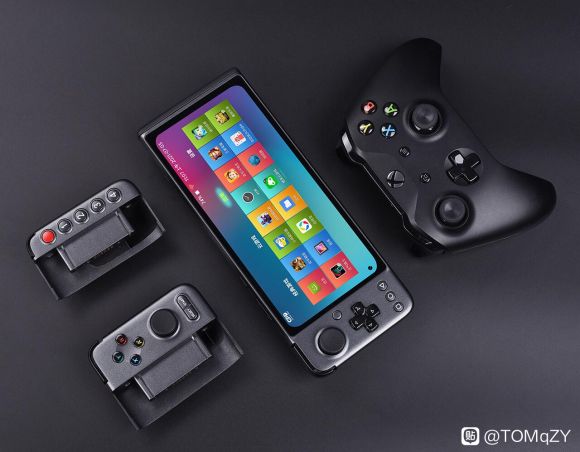ShadowFox08
Paratroopa
I wouldn't mind if it was as low as V1. For the majority of the games I've played on switch, It's been docked. But for the ones I have, I didn't mind the battery life at all. I can rarely physicallly play more than 1-2hrs in handheld anyway. Anything to push the power of Switch 2 to as far as it can go is what I'm hoping for, while keeping 3 hrs minimimum for the most demanding games.I doubt it will be as bad as v1, maybe something in between.
V1 boost mode was basically a desperate measure to make botw run acceptable. It wasn’t something that was there all along.
It miight be like v1 battery mode.
I'm actually hoping if its possible for Switch 2 to reach 2 TFLOPs GPU on a 8nm or 7nm node with the same thermals as V1 switch at least. There's at least 2 people who have said yes (Avalon and Zomb3e I believe), but it remains to be seen, since I am comparing Switch 2 to the Steam Deck's 1.6 TFLOPs (RDNA2), which the latter has significantly higher CPU clocks (but only 4 cores), and I'm not expecting CPU cores for Switch 2 to go above 2 GHz. Perhaps the Switch 2 needs to be larger like the Steam Deck to allow proper cooling.
But anyway.. I think a 2 TFLOPs Ampere GPU with 6-8 core A78s and 8-12 GB LPDDR5 at 102GB/s bandwidth might actually be able to push a 4k 30fps BOTW naturally without DLSS. I say 2 and not 1.6 because Ampere doesn't have mixed precision like Maxwell, and I think that if the Switch had more CPU and bandwidth, it could have ran at 1080p, and if botw was played at the lowest handheld setting on switch, I think it could have still ran 720p. At the very least, I'm expecting 2k native. Switch 2's ampere GPU should make bandwidth even more efficient (not to mention more cache on the chip) so despite 4x more bandwidth than OG switch on paper, it should be more than enough to handle 900p --> 4k. This is all assuming that backwards compatibility isn't an issue.
Not saying it would happen. >_>



